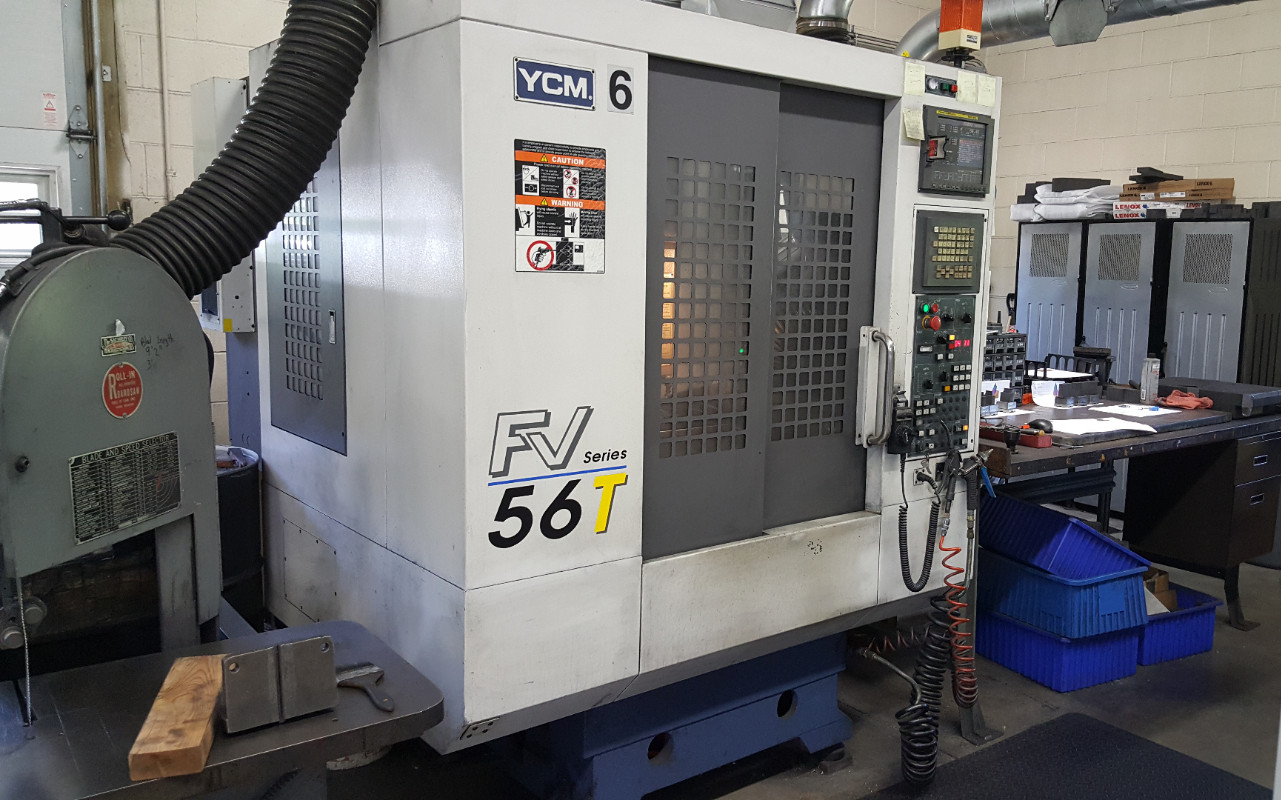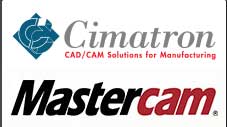Advantages and Disadvantages of Injection Molding
- Efficient High Production
- Speed: Injection molding is highly efficient, especially after molds are developed. Cycle times can be as short as 10 seconds.
- Volume: Ideal for medium to high-volume production runs, producing anywhere from 10,000 to well over 100,000 parts.
- Multi-cavity Molds: Using multi-cavity or family molds can further increase production rates by producing several parts per cycle.
- Low Cost Per Part
- Economies of Scale: For high output production, the cost per part is very low. Even for medium volumes, costs can be kept down by using aluminum molds instead of steel.
- Repeatability
- Consistency: Injection molding allows for the manufacturing of identical parts with high tolerances and reliability, making it ideal for high-volume production where uniformity is crucial.
- Large Material Choice
- Versatility: There is a wide range of plastic materials available, including options for different properties such as strength, flexibility, and color. Liquid silicone rubber is also an option.
- Fillers: Fillers can be added to the material to enhance strength and other properties.
- Low Waste
- Efficiency: The process produces minimal waste compared to other manufacturing processes. Unused or waste plastic can often be recycled.
- High Detail
- Precision: The high-pressure injection process allows for the creation of complex and intricate shapes with fine details.
- Little or No Post Processing
- Finish Quality: Parts typically have good aesthetics post-production, reducing the need for additional finishing. Tooling can be produced with special finishes that are transferred directly to the part.
Disadvantages of Injection Molding
- Initial Lead Times
- Time-Consuming Setup: Producing steel tooling can take up to 12 weeks. For faster production needs, aluminum molds and digitized processes can reduce lead times significantly.
- Alternative Technologies: For very low production runs, 3D printing or CNC machining might be more cost-effective and quicker.
- Design Limitations
- Design Constraints: Injection molding requires consideration of design elements such as draft angles, radii, wall thickness, and the placement of gates, ejectors, and cooling lines.
- Inflexibility: Changes to the mold design are difficult and costly. You can remove material from the mold or add plastic to the part, but not the reverse.
- Small Part Runs Are Not Always Cost-Effective
- Cost Efficiency: Injection molding is typically seen as cost-effective for large production runs (100,000+ parts). However, using more affordable aluminum molds can make it viable for smaller runs (10,000-25,000 parts).
- Alternative Methods: For very small runs (hundreds or less), 3D printing and CNC machining may offer lower costs per part and avoid the initial setup costs of mold production.
Conclusion
Injection molding is a powerful manufacturing technology for producing medium to high volumes of plastic and liquid silicone rubber parts. Its efficiency, low cost per part, repeatability, material versatility, low waste production, and ability to create high-detail parts with minimal post-processing make it an attractive option for many applications. However, the high initial costs and design limitations may make other technologies like 3D printing and CNC machining more suitable for smaller production runs or custom-built parts. As manufacturing evolves, it’s essential to explore new ideas and technologies to optimize production costs and efficiency.
For All of your precision molds and molding in Hugo, MN give Preferred Tool a Call.


